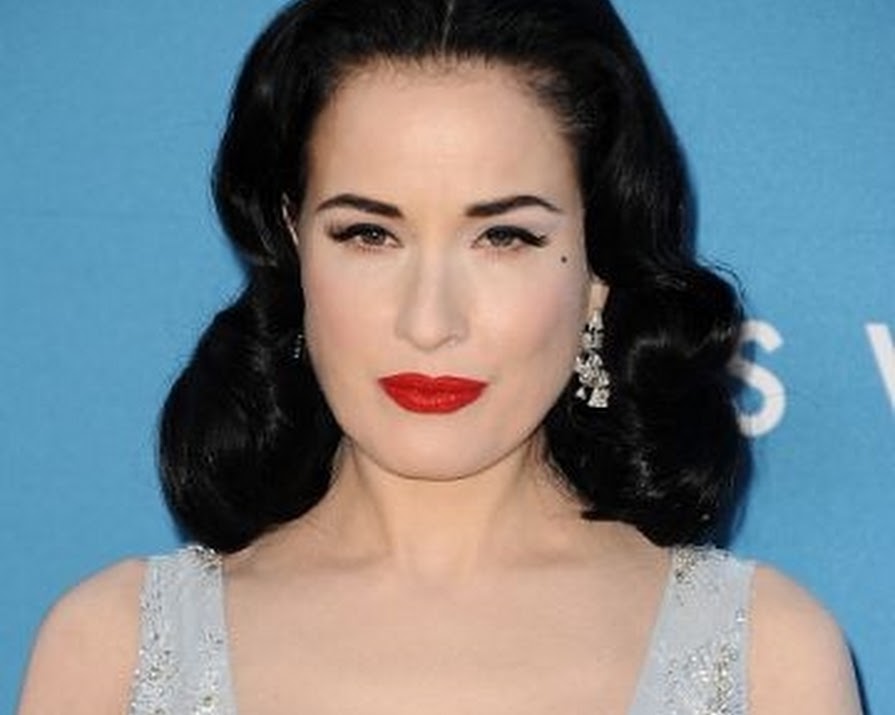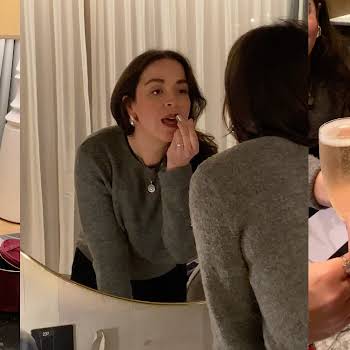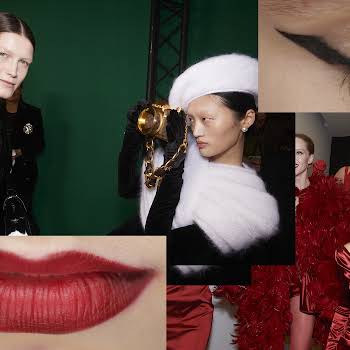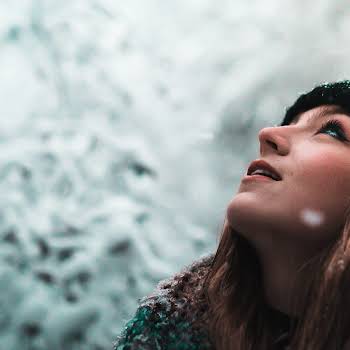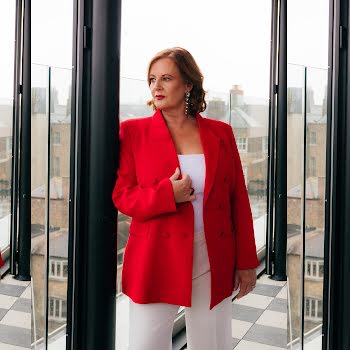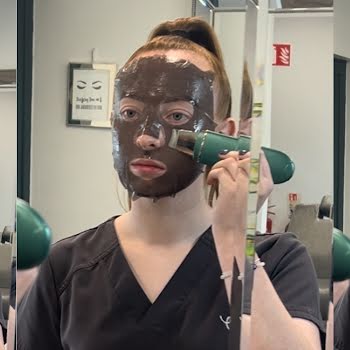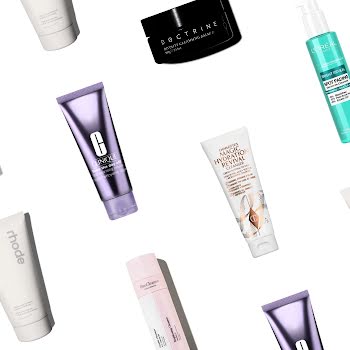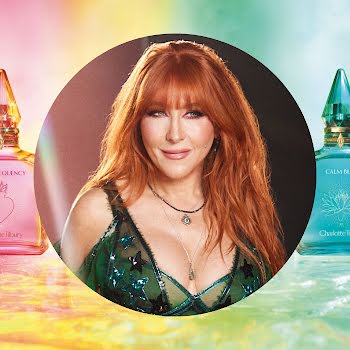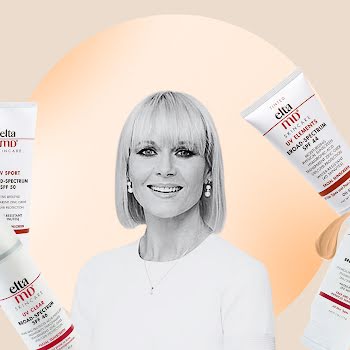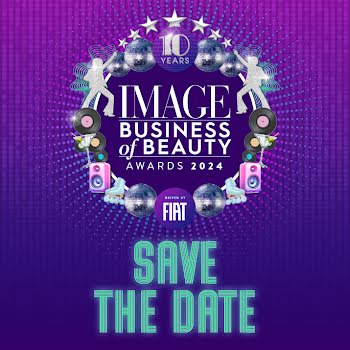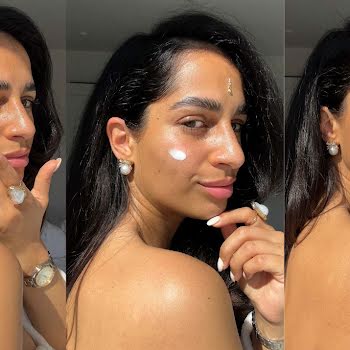
By IMAGE
04th Jun 2015
04th Jun 2015
Emer McGillion of Skin Kandy Beauty talks us through Rosacea…
For some, Rosacea is the opposite of fun. It’s bothersome, it can be hard to cover up and makes going make-up free a less than desirable option. Here’s What you need to know about this skin condition.
Rosacea (pronounced, rose – ay – sha) is a chronic inflammatory condition of the skin which appears on the face – most commonly the nose and cheeks, creating a butterfly effect. It largely affects people with fair skin, hence the phrase, ‘the curse of the Celts’.
The severity varies a lot with each person and for many, it can be hereditary. People who may be pre-stage 1 Rosacea are often referred to as ?flushers & blushers?. For example, a young woman in her early 20s might have a glass of wine or eat spicy food or get emotional and this will cause a flush across her face, chest and neck that may persist from 10 mins to half an hour. This reactive flushing and blushing eventually leads to permanent redness. Not fun.
Many people don’t go past this initial stage of redness, but a large amount go without treating it or even knowing that they have it!
Types Of Rosacea:
Stage 1 Rosacea: The most common characteristic of stage 1 is persistent redness. It can be intermittent but usually present for several hours or days at a time.?Capillaries dilate and broken vessels can start to appear.?Skin becomes more sensitive & can react to cosmetics, particularly perfumed ones.Dryness & flaking can be present in certain areas along with rednessSkin is more reactive to physical stimuli e.g., facial scrubs.
Stage 2 Rosacea: Stage 2 includes advanced characteristics of stage 1 along with acne like pimples & breakouts.Rosacea used to be referred to as ?Acne Rosacea? because they looked similar, but there is no connection with acne and Rosacea.?Rosacea breakouts are caused by the inflammation present in the skin, not bacteria, which causes acne breakouts.
Stage 3 Rosacea: Only a small number of people progress to this stage. Stage 3 includes characteristics of stage 1 and 2 along with a gradual deformation of facial features.Facial features such as the nose, may become thicker, coarser and irregularThe oil glands can become enlarged contributing to inflammatory nodules, and the appearance can look similar to cystic acne.
Things That Can Trigger Rosacea:
Sunlight is known to trigger Rosacea and make it worse. ALWAYS WEAR SPF 30 + EVERY DAY OF THE YEAR
Extremes of temperature, e.g., saunas, harsh weather conditions
Spicy food
Alcohol
Stress
Perfumed Cosmetics
Steroids
**There has never been a solid cause given to the reason for Rosacea, but one thing is for absolute certainty – cumulative sun exposure and the resulting sun damage always plays a major role in the development and progression of Rosacea**
Now. How To Treat it:
There is no known cure for Rosacea but various treatments can relieve signs and symptoms.
Topical Treatment: Rosacea has been known to respond extremely well to a combination of azelaic acid, glycolic acid and salicylic acid with people reporting a reduction in redness and fewer spots. Skin care used which contains glycolic acid shows a reduction in redness and facial sensitivity. Overall continued improvement and Rosacea remaining under control.
Professional Treatment: Skin peels are a simple, safe and very effective way to improve Rosacea. They are a medically graded skin treatment and have higher percentages of glycolic acid than in your home care products. A course of peels is recommended to see optimum results. Lasers can greatly eliminate the embarrassing and frustrating redness and reduce broken capillaries, associated with Rosacea.
Prescription Treatment: Prescription treatment from your doctor is suited for someone with more of a severe Rosacea skin, or if the above options have been tried with no success.Your doctor may decide to give you a course of antibiotics or a prescriptive cream to reduce the aggressive redness and breakouts before you revert to non-prescriptive topical skin care.
For more info on how to treat Rosacea with medically validated skin care, contact
Emer info@skinkandy.ie….(or something to that effect!)
For more info on how to treat Rosacea with medically validated skin care, contact?Emer info@skinkandy.ie.











